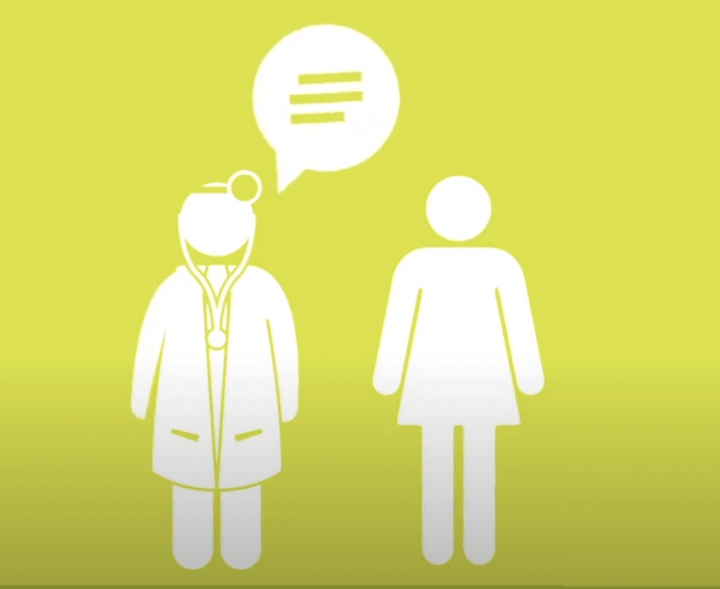Understanding Pain with Cerebral Palsy Fact Sheet
Constant or recurring pain is a very common physical concern of individuals with cerebral palsy (CP), often beginning in childhood but becoming more intense and frequent over the lifespan. Here are some facts about pain in CP and measures that can be taken to alleviate this chronic problem. An adult with cerebral palsy may have additional health considerations to keep in mind and discuss with healthcare providers.

What causes pain in CP?
-
The most frequent cause of chronic pain in people with CP is the absence of a correct clinical diagnosis.
-
Common sources of pain, such as migraine headaches, constipation, or gynecological disorders, can
be erroneously attributed to CP, disregarded, tolerated, or allowed to persist without proper evaluation and treatment. -
Uncommon conditions causing pain, such as autoimmune disorders, tumors, or infections (e.g. Lyme Disease) may not be considered in people with CP.
- Intense or prolonged muscle contractions, as occur in the spastic form of CP, can be painful, just as with a short-lived muscle spasm (charley horse).
- The excessive, repetitive, and atypical strain that spastic, stiff, or dystonic muscles place on joints leads to joint surface wear with resultant inflammation (arthritis) and exposed pain fibers.
- No specific source of pain may be evident, but the pain nerves themselves are dysfunctional (this is called neuropathic pain).
How Can Pain Be Treated?
| STEP 1 |
|
| STEP 2 |
|
| STEP 3 |
|

It is important to find a Primary Care Provider who understands you and your unique needs. While not every provider will have experience with Cerebral Palsy, there are many who do and/or have experience with patients who have physical disabilities. Importantly, you will want to be comfortable that your doctor will listen to you and your specific needs, as well as have the qualifications and knowledge you want. Depending on your healthcare insurance plan, there may be a variety of resources to help you select a primary care physician in your area.
If you have a mobility challenge, it’s important to remember that the accessibility of the office and the exam room will be important to you and you want to ask about that before making an appointment.




